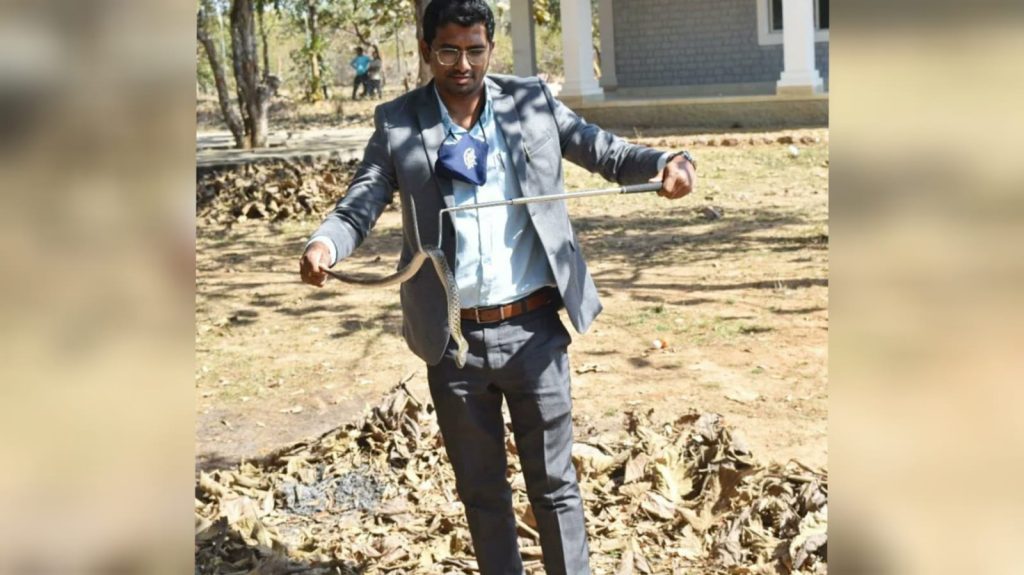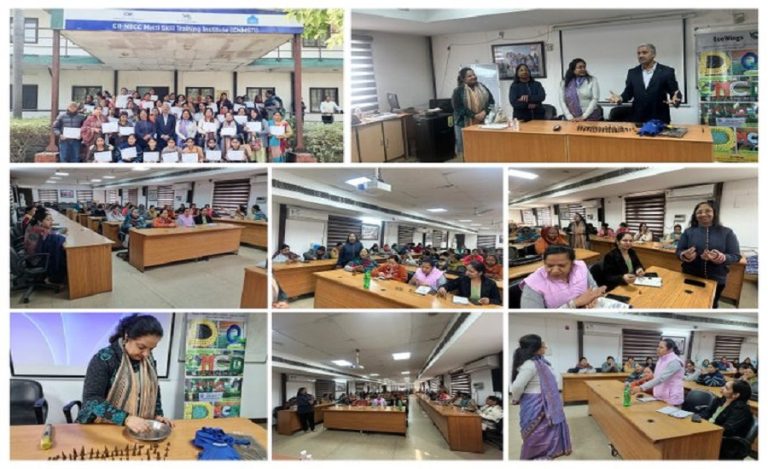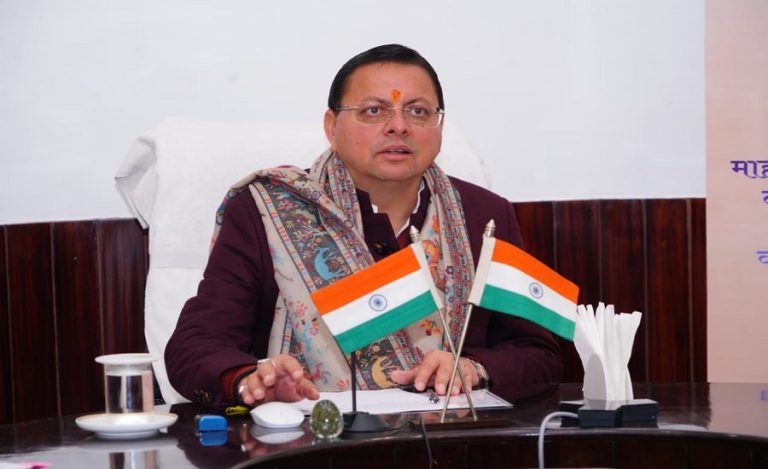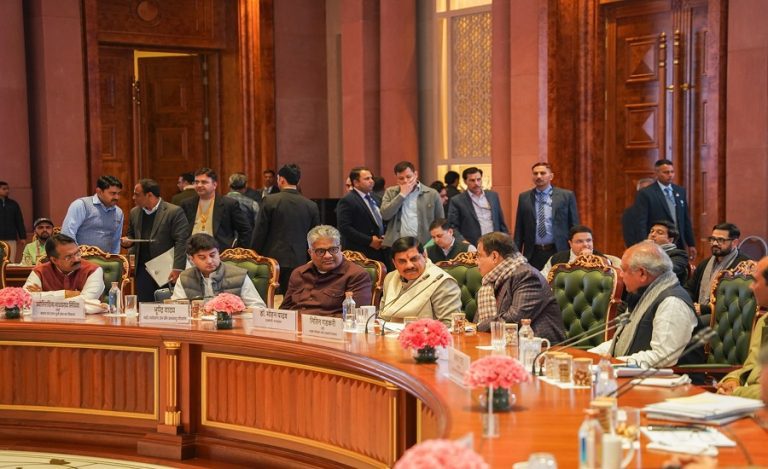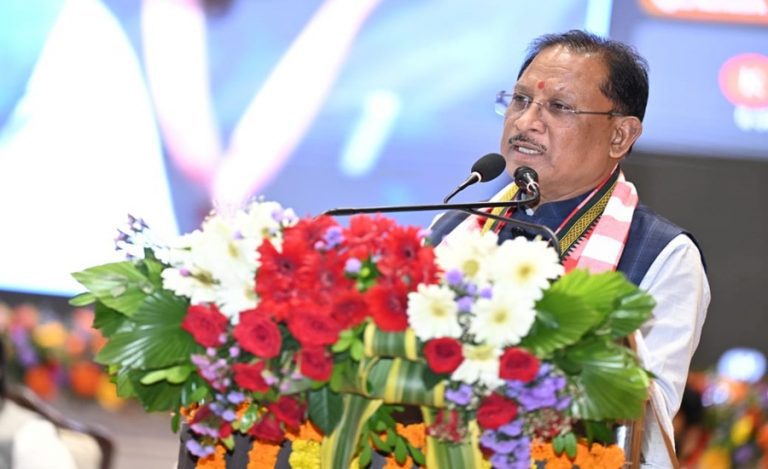Deputy Director of Panna Tiger Reserve, Vejayanantham, IFS, has been actively working towards creating awareness about the need for humans to coexist peacefully with wildlife, especially in areas around the reserve.
In continuation of his efforts, he has also been improving the lives of the people living on the fringes of Panna, as well as his staff, especially those that work deep inside the forests so that they can discharge their duties comfortably.
Apart from initiating classes on the need to preserve our forests and wildlife in schools in the vicinity, he has also been solarizing forest camps and providing his staff with basic facilities.
The latest in the series of initiatives is raising awareness among people regarding the rescue of snakes in the area. In an exclusive conversation with Indian Masterminds, he gave details about this snake rescue initiative.

MORE RESCUE TEAMS
In places like Panna Tiger Reserve, where humans and wildlife coexist, they are bound to interact or have conflicts with each other at some point in time. Having a single rescue team in the district would mean that the people living in far-off villages and subdivisional areas would have to wait for long for the team to reach and rescue the animal.
Under those circumstances, the villagers would soon lose their patience and decide to deal with the animal themselves. Therefore, without even informing the rescue officials, thinking it would take them a lot of time to come to the place, the people themselves deal with the situation, sometimes killing the animal in the process.
“Keeping only one team at the district level and sending them wherever it is necessary is very time-consuming and, also, reduces the patience and tolerance of the people towards wild animals. Since Panna is so big that even taluks look like districts, we came up with the plan to install decentralized rescue units at the taluk level, as well,” Mr. Vejayanantham told Indian Masterminds.

SNAKE RESCUE TRAINING
To initiate snake rescue training, the 2018-batch officer brought snake rescue kits, complete with tongs, hooks, gloves, etc. He further organized training workshops for his staff and volunteers from different blocks and taluks.
“They could easily take the snake rescue kits stocked in our range offices and go on their rescue missions whenever called. Rather than only keeping the kits at the district level, we distributed them in block and taluk offices as well, so that the rescue mission can be done at a decentralized level, and is within everyone’s reach,” Mr. Vejayanantham said.
The officer has now trained five more teams consisting of two people each – one person would be the main lead who knows how to catch the snake and rescue it properly, and the other would be his helper. They will catch the snakes and release them into the nearby jungles safely.
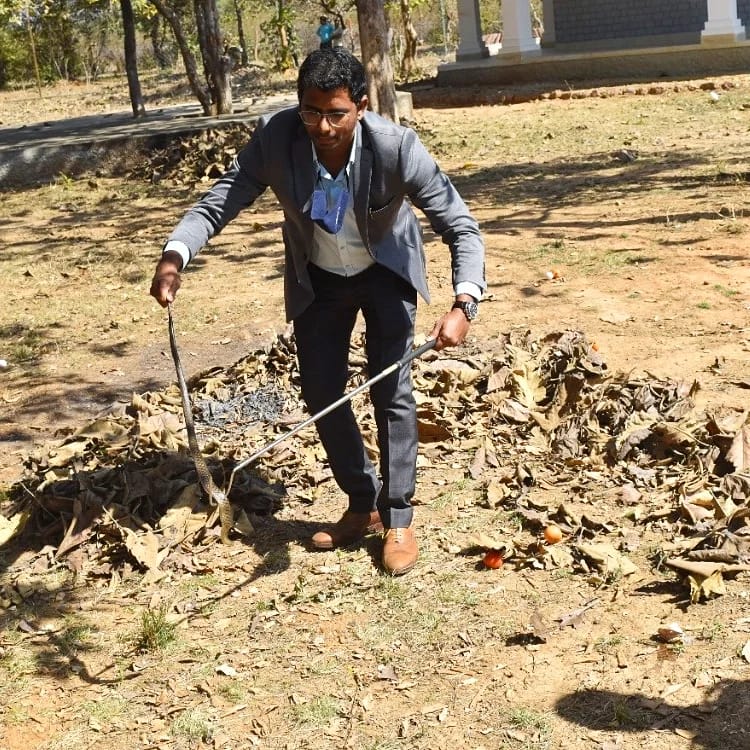
REFRESHER COURSES
One handholding session has already taken place, birthing five new teams, and another will soon take place. The officer states that whenever he will feel that a refresher course is necessary, they will organize it since their team at the district level is already an expert.
“Since we have an expert team at our disposal at all times, we will ask them to train more volunteers whenever we will feel the need of refresher courses,” he said.
Mr. Vejayanantham and the forest department have decentralized the rescue teams into five ranges of the sanctuary, and within the next six months, he is planning to expand them to all the 12 ranges of Panna Tiger Reserve.
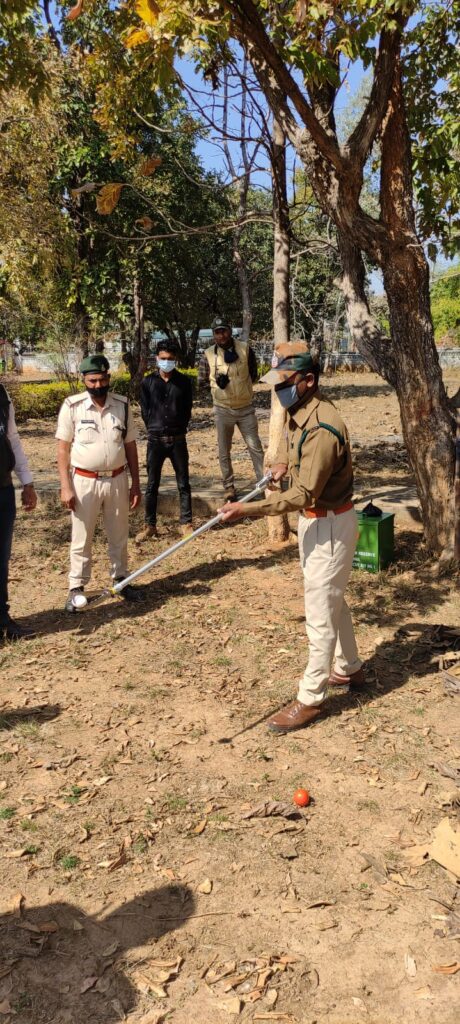
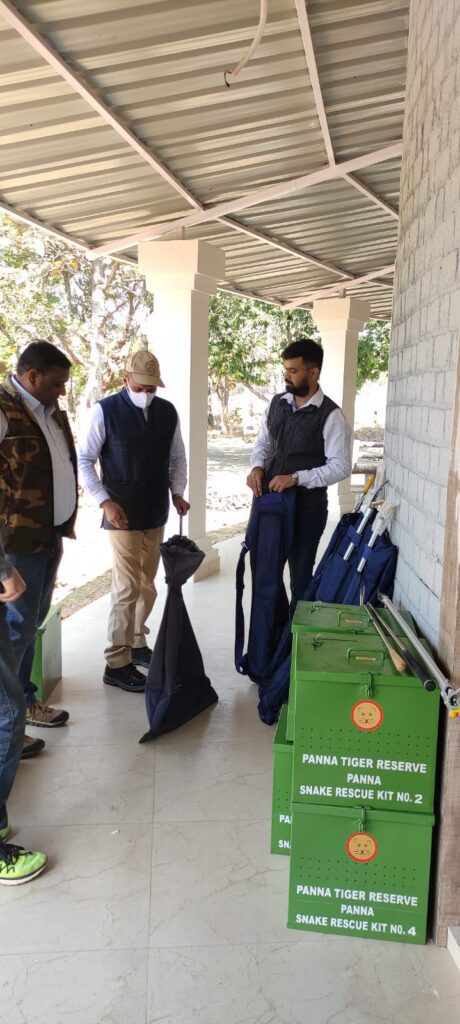
APPEAL TO SENSITIVITY
For long, the people of Panna have been living alongside forests and wildlife. So, they have an idea about how to deal with wildlife if they come face to face with them and are sensitive towards their existence. Therefore, it is easier for the forest department to manage human-wildlife conflict in Panna.
The officer believes that each district of the country should be like Panna, where several decentralized units exist for proper rescue and conservation of wildlife.
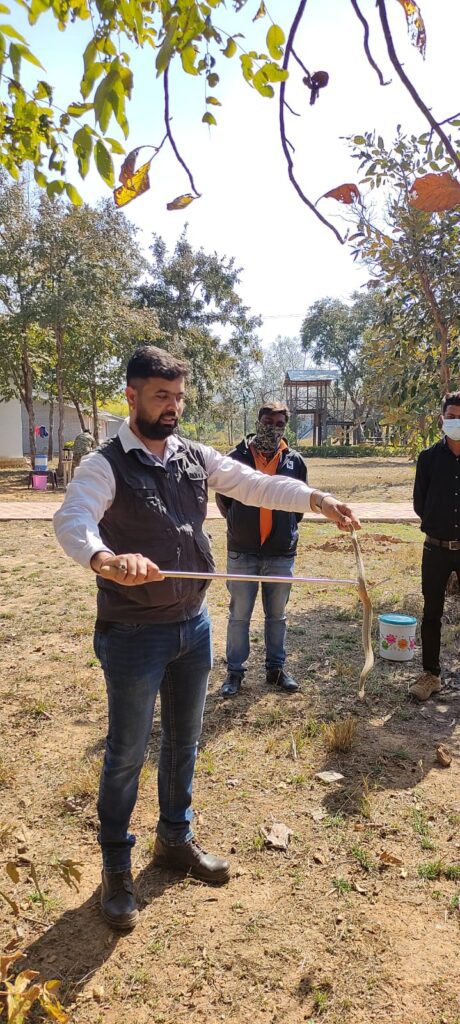
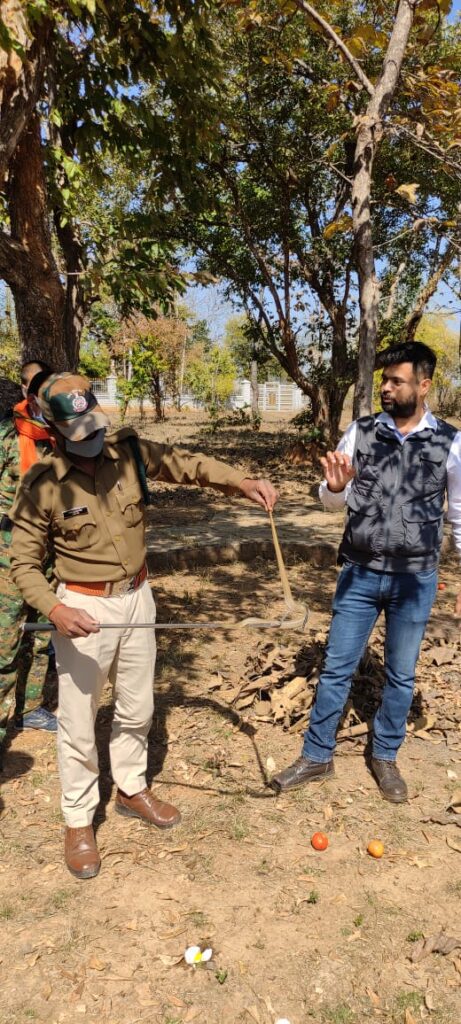
“Every district should train volunteers regarding rescue and saving of wild animals and create awareness about how to handle human-wildlife interaction. This will help us, humans, to cohabitate with wildlife and live in peace with them,” stated Mr. Vejayanantham.
If the people of Panna can co-habitat with 60% forest and wildlife, every other district can do the same, too, he feels.

